Asian insects make a beeline for Switzerland
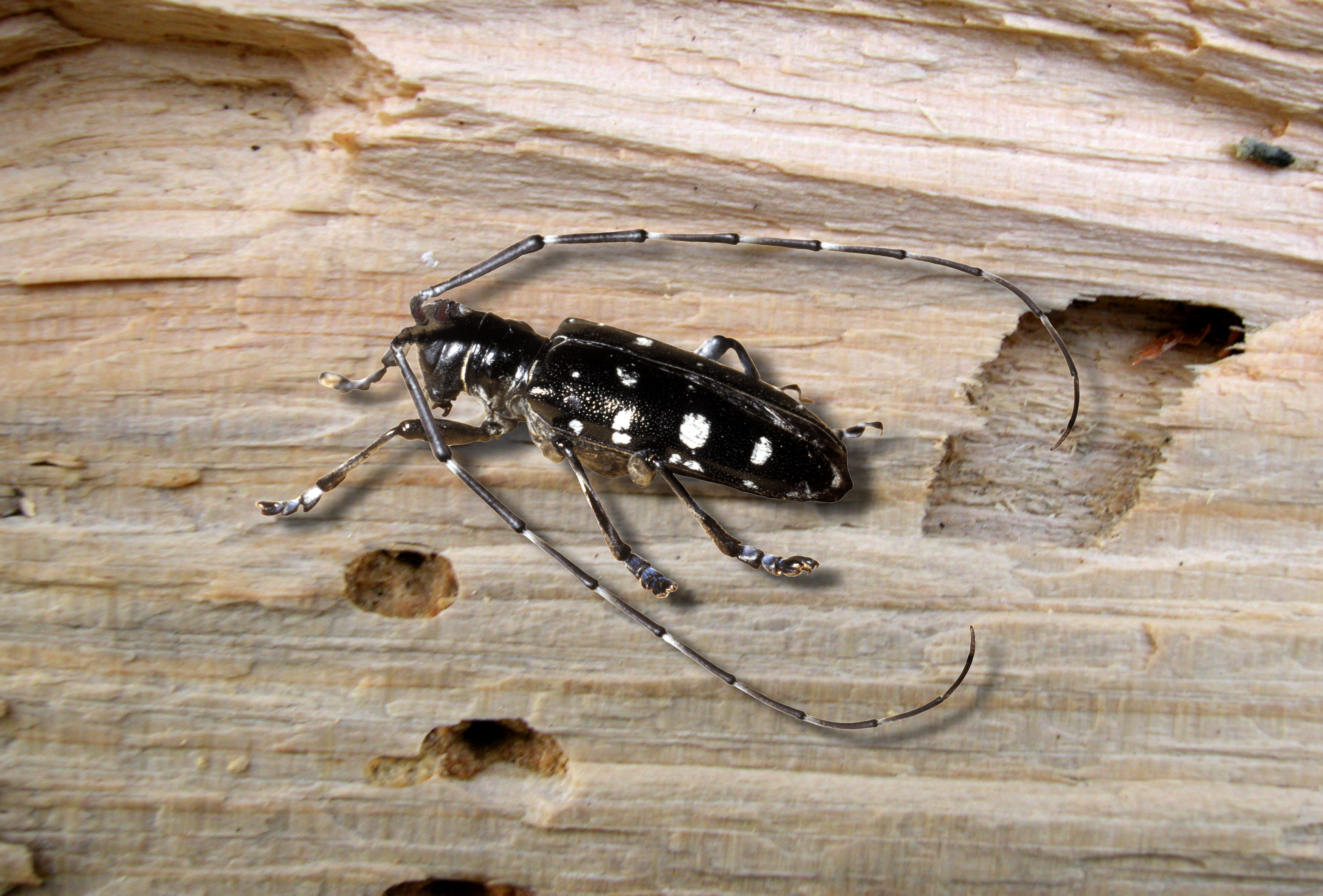
Mountains, seas and deserts used to provide considerable barriers to the movement of plants or animals, but Switzerland has seen a rise in the number of insects coming from the other side of the globe, in particular from Asia.
“There have been a few non-native insects in Switzerland for several years, but we’re now seeing a worrying spike in numbers,” says Stève Breitenmoser, an entomologist at the Changins-Wädenswil agroscope research station.
“The main reason for the proliferation of all these insects is the rise in trade and transcontinental shipping,” says Breitenmoser. “But some species manage to establish themselves on a long-term basis because of rising temperatures.”
Creatures such as the oriental chestnut gall wasp are establishing themselves in Switzerland, an insect that, at only three millimetres long, is practically invisible to the naked eye. The tiny wasp first appeared in canon Ticino, where it caused major problems in 2011, before it soon made its way around the Alps. It has now also been spotted in cantons Graubunden and Valais.
“They’ll soon be everywhere in the southern half of Switzerland,” says Beat Forster from the Swiss Forest Protection service.
Biodiversity threat
Certain species have been completely wiped out in Switzerland in the past. Elm trees, widely present in the country’s forests in the early 1900s, have all but disappeared after falling prey to Dutch elm disease, a fungus spread by the Elm bark beetle. And the common box tree, often used in garden hedges, is under widespread attack in Switzerland from the boxwood moth, a green and black caterpillar.
When a non-native organism invades a new environment, it often does not have any direct predators or parasites, meaning it’s in a good position to quickly adapt to its new surroundings.
“Invasive insects don’t just damage cultivated or wild plants. They also take the place of other species. Harlequin ladybirds from Asia are pushing out our native ones,” Breitenmoser points out.
Swiss environmental group Pro Natura says the problem presents a serious threat to the protection of native plants and animals.
“Invasive species are the second-biggest cause of biodiversity loss, after habitat destruction,” says spokesman Nicolas Wüthrich.
Special ops
In July, authorities in Winterthur in canton Zurich mounted a massive operation to try to rid the city of Switzerland’s worst ever invasion by the Asian longhorn beetle. In all, 64 infested trees were cut down, their roots completely pulled up and the material taken in closed containers for incineration.
“It felt like a rather desperate attempt,” reckons Breitenmoser. “The amount of commercial dealings with Asia, as well as the number of wood pallets that are imported daily, mean it is nigh impossible to completely stop the influx.”
In recent months, longhorn larvae have been found in cantons Fribourg and Thurgau, as well as in the port area of Basel.
The tiger mosquito is another insect that has managed to leave its traditional zone of habitat. Unlike most of its compatriots from Asia which make it to Switzerland, it directly attacks humans, possibly infecting them with a number of exotic diseases like dengue and yellow fever, the chikungunya and West Nile viruses.
The tiger mosquito has officially been in Switzerland since 2003, when it was spotted south of the Alps in canton Ticino. But it has since made its way north and was spotted in canton Aarau in 2011. According to the European Centre for Disease Control, five exotic species of mosquito have managed to establish themselves in Europe, including the Japanese mosquito which is also present in northern Switzerland.
Frustrated farmers
Invasive insects can also be bad news for farmers. The spotted-wing drosophile attacks all kinds of soft fruit, from apricots to raspberries, grapes and cherries. It probably arrived in Switzerland via imports from Spain and Italy, and its name alone is enough to send a shiver down the spine of Swiss fruit producers.
“We’re holding our breath. Although the damage caused by this insect is minimal this year, you never know what a warm winter will mean. The spotted-wing drosophile is everywhere in Switzerland now,” explains Serge Fischer, also an entomologist at the Changins-Wädenswil agroscope research station.
The drosophile rapidly develops resistance to pesticides so farmers are resorting to old-fashioned techniques to preserve their harvest, such as luring the flies into vinegar traps and gathering fruit a little before maturity. Because of the importance of Switzerland’s soft fruit industry, researchers, farmers and authorities have been quick to join forces and coordinate their efforts to fight the drosophile.
Unwinnable battle?
But coordinated and urgent action is an exception, not the rule, laments Pro Natura’s Wüthrich.
“No overarching priority has been set in terms of which invasive species to fight or where they are most critical, especially where plants are concerned. The Swiss government is delaying the most critical decisions,” Wüthrich says.
The Swiss government adopted its strategy on biodiversity in April, which should allow Switzerland to fulfil its commitments under the 2010 Nagoya Convention on Biological Diversity.
“We are acting in concert with the cantons, researchers and environmental organisations to put together an comprehensive plan by next year,” says Gian-Reto Walther, head of exotic species at the Federal Environment Office.
Working groups have been set up to draw up individual plans for the most pressing organisms, such as the Asian tiger mosquito or longhorn beetle.
“Each invasive insect poses different challenges, and so must have individual strategies mapped out. These will be put into place quickly in order to prevent spreading and even more damage,” Walther says, adding that landlocked Switzerland is also talking to other countries about prevention.
“In order to protect native fauna and flora, it would be useful to revisit the international agreements about the packaging of goods – the means by which many invasive insects have come into the country in the past.”
In Switzerland, 51 animal species are officially classified as invasive, all of which have been introduced by humans. In most cases this was accidental, but in a few cases it was deliberate.
The signal crayfish and the Asian ladybird were both deliberately brought to Europe. The ladybird was introduced to fight aphids in greenhouses without resorting to chemical pesticides.
The 45 species of plant classed as invasive in Switzerland all pose a threat to biological diversity, says the Pro Natura organisation. It points to the Japanese knotweed as an example, an invasive plant which can undermine building foundations, causing significant economic damage.
Certain species of plant are also poisonous for humans. Great hogweed, also known as giant cow parsley, can cause third degree burns if skin is exposed to sunlight after contact with its leaves. Common ragweed is highly invasive and particularly allergenic, and grows widely across central and western Switzerland.
The ordinance on the Handling of Organisms in the Environment (2008) is the main tool for regulating the problem of invasive species in Switzerland. There is no official estimation of the costs associated with fighting invasive species, nor the sum set aside by the government to fund this fight.
Asian harlequin ladybird: Harmonia axyridis
Oriental chestnut gall wasp: Dryocosmus kuriphilus
Spotted-wing drosophile: Drosophila suzukii
Asian longhorn beetle: Anoplophora glabripennis
Box tree moth: Diaphania perspectalis
Japanese knotweed: Fallopia japonica
Common ragweed: Ambrosia artemisiifolia
Great hogweed: Heracleum mantegazzianum
(Translated from French by Victoria Morgan)

In compliance with the JTI standards
More: SWI swissinfo.ch certified by the Journalism Trust Initiative
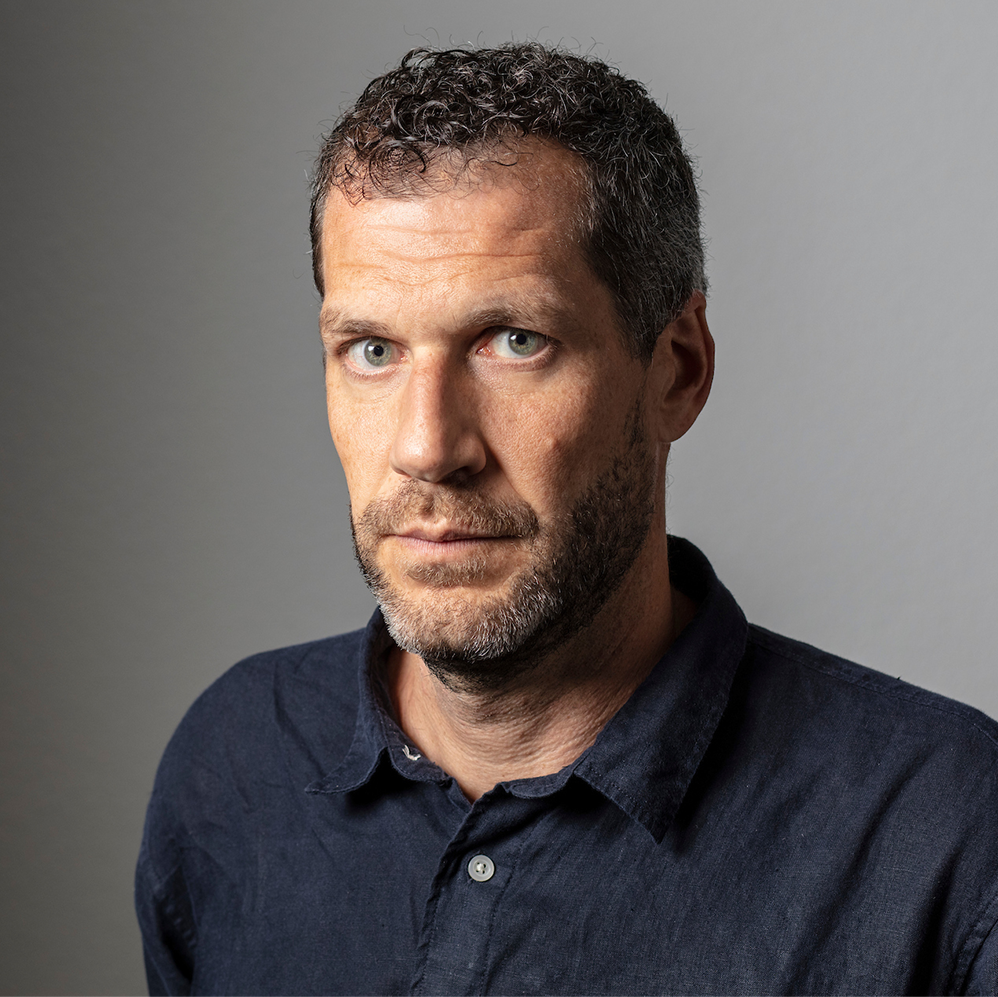
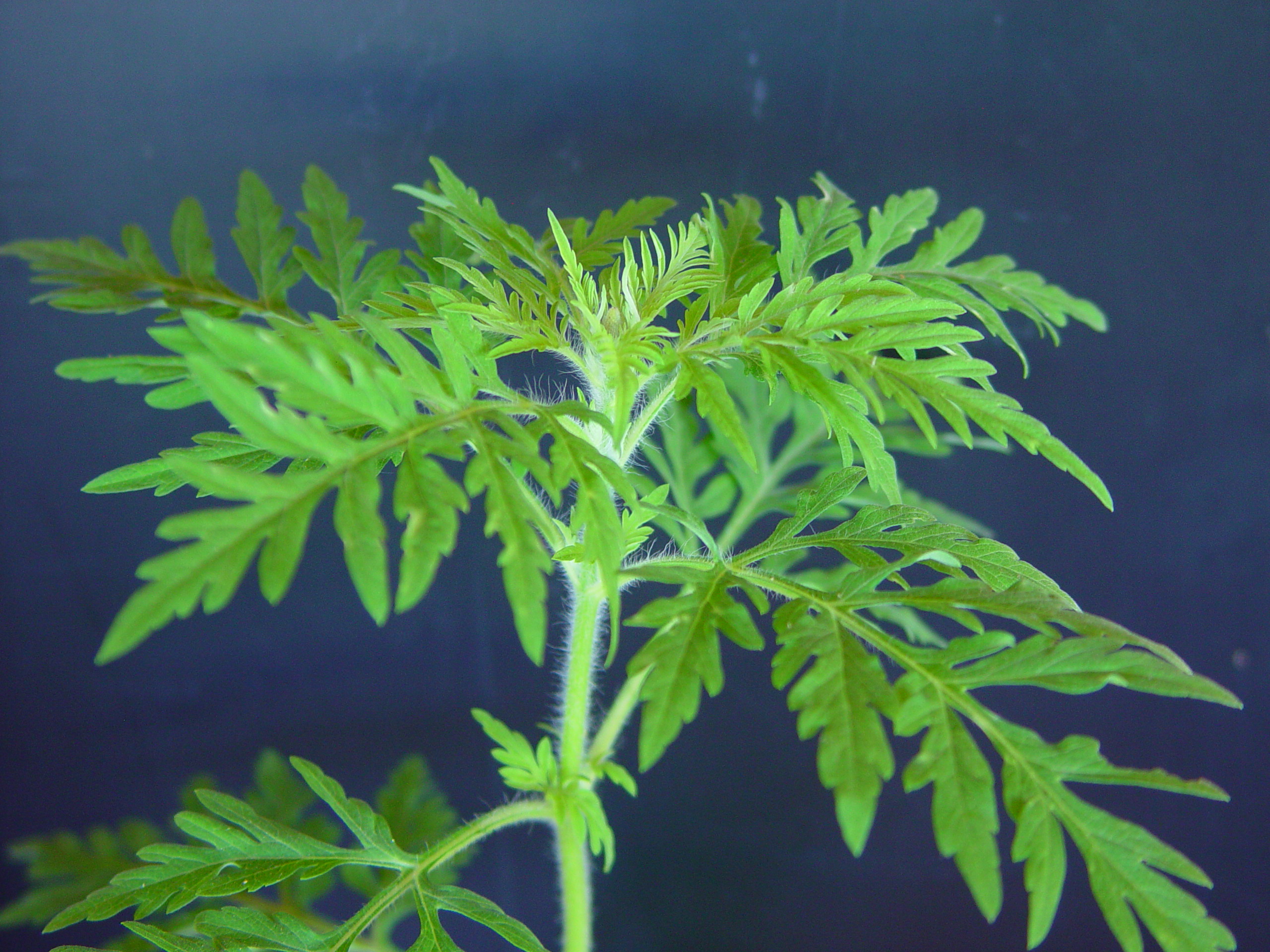
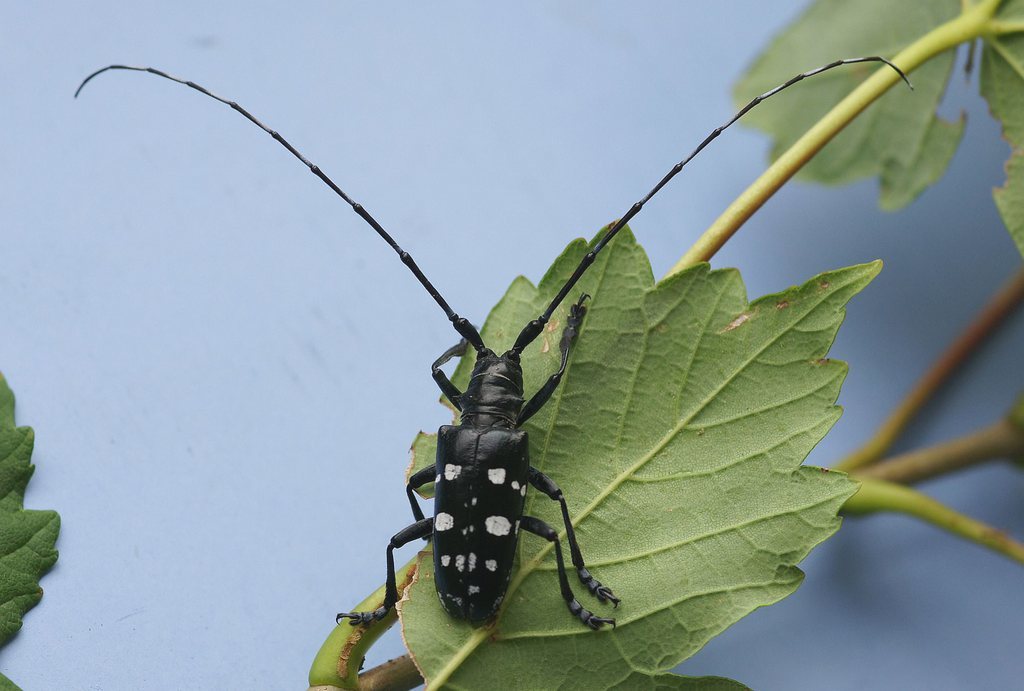
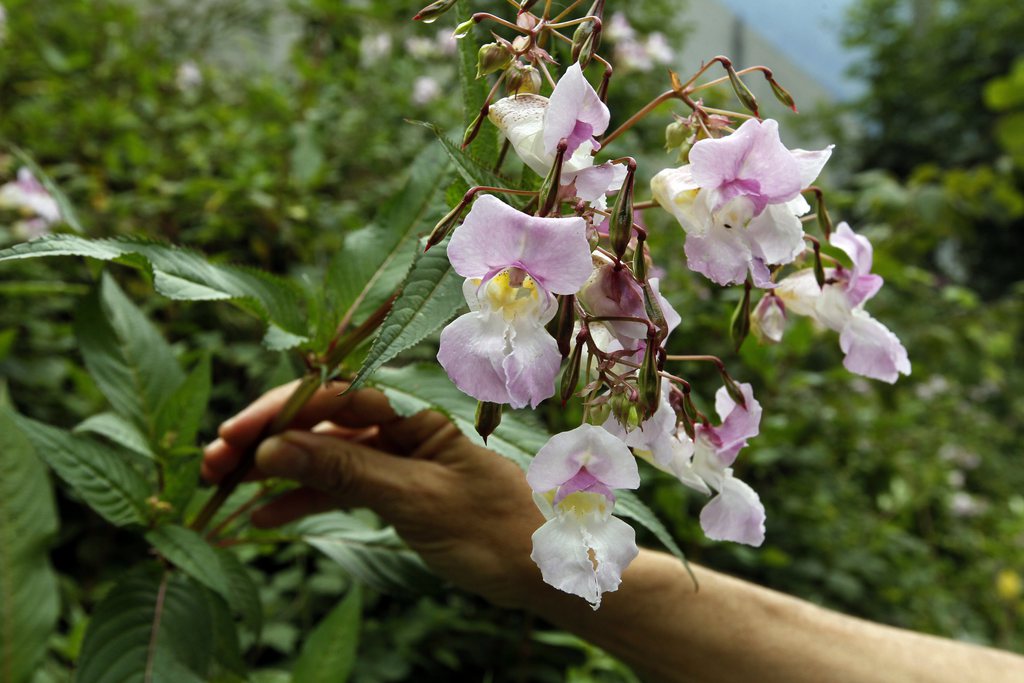
You can find an overview of ongoing debates with our journalists here. Please join us!
If you want to start a conversation about a topic raised in this article or want to report factual errors, email us at english@swissinfo.ch.